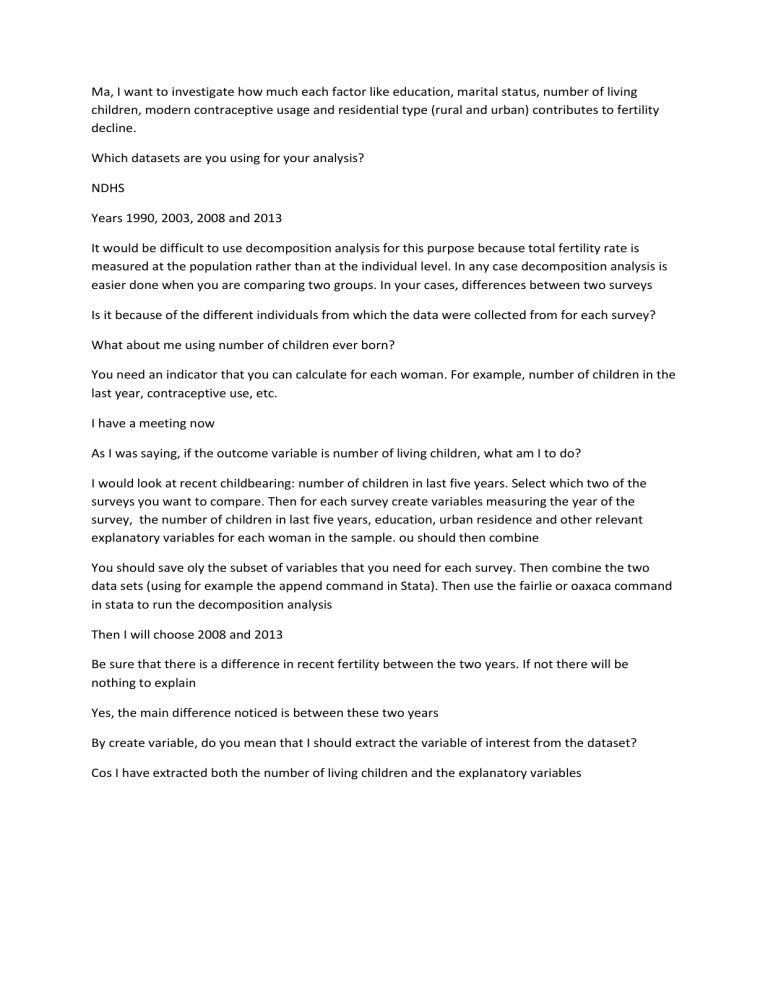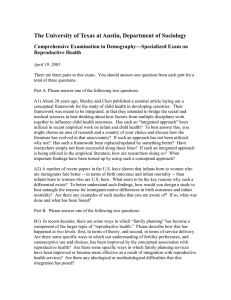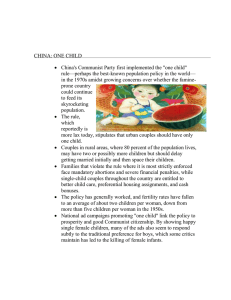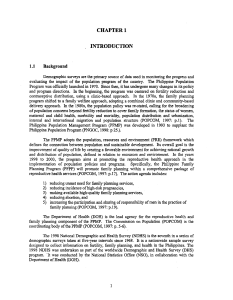Decomposition A
advertisement

Ma, I want to investigate how much each factor like education, marital status, number of living children, modern contraceptive usage and residential type (rural and urban) contributes to fertility decline. Which datasets are you using for your analysis? NDHS Years 1990, 2003, 2008 and 2013 It would be difficult to use decomposition analysis for this purpose because total fertility rate is measured at the population rather than at the individual level. In any case decomposition analysis is easier done when you are comparing two groups. In your cases, differences between two surveys Is it because of the different individuals from which the data were collected from for each survey? What about me using number of children ever born? You need an indicator that you can calculate for each woman. For example, number of children in the last year, contraceptive use, etc. I have a meeting now As I was saying, if the outcome variable is number of living children, what am I to do? I would look at recent childbearing: number of children in last five years. Select which two of the surveys you want to compare. Then for each survey create variables measuring the year of the survey, the number of children in last five years, education, urban residence and other relevant explanatory variables for each woman in the sample. ou should then combine You should save oly the subset of variables that you need for each survey. Then combine the two data sets (using for example the append command in Stata). Then use the fairlie or oaxaca command in stata to run the decomposition analysis Then I will choose 2008 and 2013 Be sure that there is a difference in recent fertility between the two years. If not there will be nothing to explain Yes, the main difference noticed is between these two years By create variable, do you mean that I should extract the variable of interest from the dataset? Cos I have extracted both the number of living children and the explanatory variables









